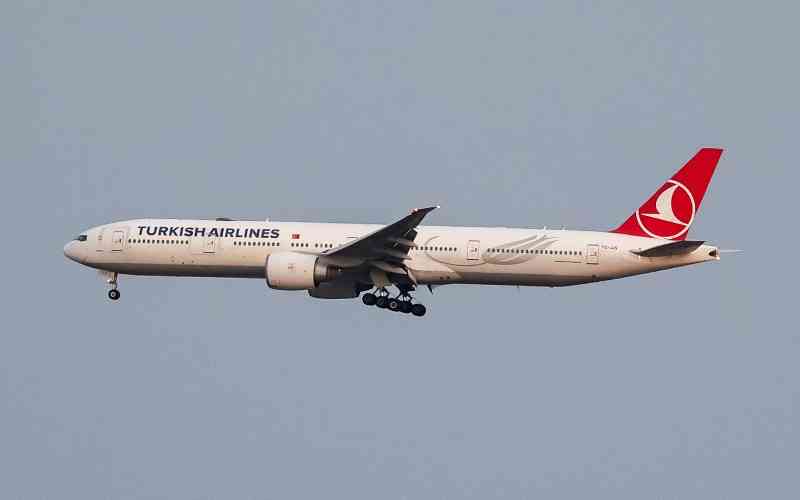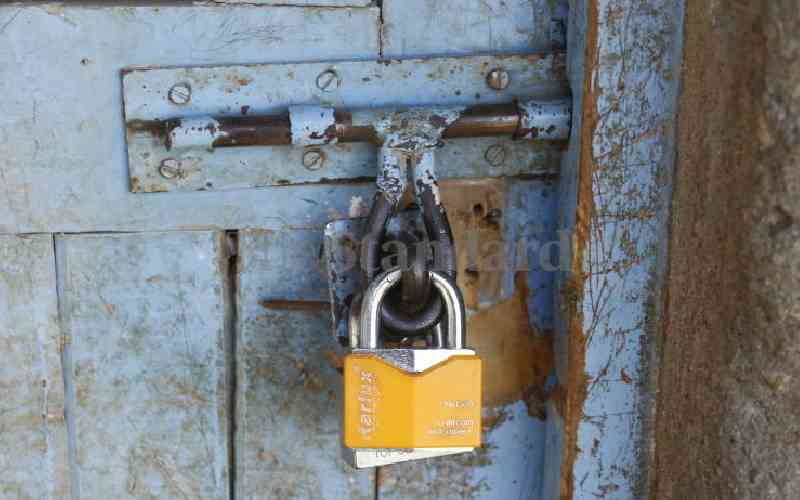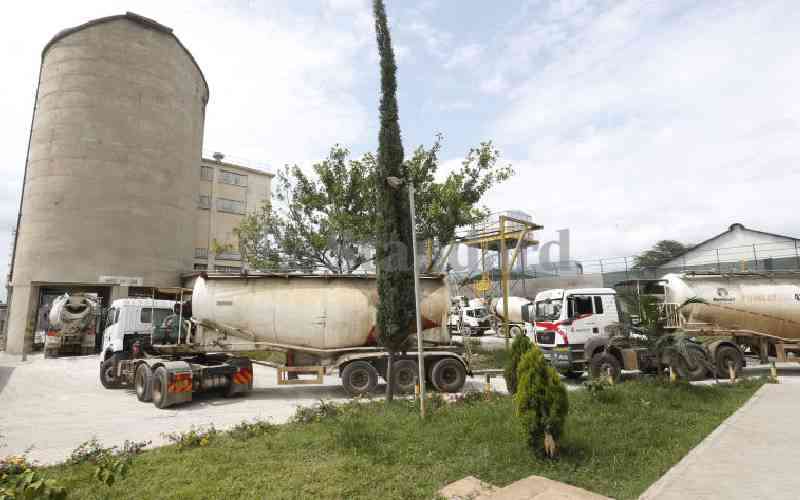Adapted from DailyMail http://www.dailymail.co.uk
A fighter pilot was forced to turn on his weapon system in a desperate bid to locate a passing passenger plane during a near-miss incident.
The F15-E jet passed just 1,200ft from the Eastern Airlines Jetstream JS41 passenger plane which had 28 passengers and three crew on board.
The fighter pilot was conducting a 'rapid climb' at 379 knots (436mph) from a low level when he was alerted to the presence of an aircraft nearby on May 16 this year.
After frantically scanning the skies from his cockpit, the fighter pilot was unable to spot the other aircraft and switched on the gun radar to locate it.
His attempt failed, but luckily the civilian plane, travelling from Aberdeen to Humberside, was already behind him.
The UK Airprox Board labelled the miss as ‘Class B’ which means the safety of the two planes were compromised.
In his comments, the JS41 pilot said he thought the risk of collision was 'medium' although the fighter pilot claimed it was 'low' - this is despite neither pilot being able to see the other’s plane.
However, one of the air traffic controllers covering the area at the time claimed there was a 'high' risk of collision in the incident.
The Airprox report states: 'The incident occurred when the F15 crew commenced a rapid climb from low level into proximity with the aircraft.'
It adds that the fighter pilot 'immediately switched the radar from its "search" mode to "guns" mode, a move which still failed to reveal the JS41, probably because it was already behind him'.
The Airprox Board concluded the cause of the near-miss was due to the F15 pilot climbing 'into conflict with the JS41, which he did not see'.
The matter was complicated as the JS41 was being handed over to another air traffic control frequency at the time of the F15’s rapid climb
A spokesman for Eastern Airlines praised the actions of their flight crew in the incident, who had immediately disengaged the autopilot and steered away from the oncoming fighter jet when alerted to its presence.
He said: 'The crew of the aircraft had descended to 7,500ft when the aircraft’s Traffic Collision Avoidance System have two alerts.
Stay informed. Subscribe to our newsletter
'The first advised them of traffic nearby and the second alert instructed them to climb immediately, which they did to maintain separation.
'The findings of the Airprox Board report concluded that the Jetstream crew’s actions were appropriate.'
 The Standard Group Plc is a
multi-media organization with investments in media platforms spanning newspaper
print operations, television, radio broadcasting, digital and online services. The
Standard Group is recognized as a leading multi-media house in Kenya with a key
influence in matters of national and international interest.
The Standard Group Plc is a
multi-media organization with investments in media platforms spanning newspaper
print operations, television, radio broadcasting, digital and online services. The
Standard Group is recognized as a leading multi-media house in Kenya with a key
influence in matters of national and international interest.
 The Standard Group Plc is a
multi-media organization with investments in media platforms spanning newspaper
print operations, television, radio broadcasting, digital and online services. The
Standard Group is recognized as a leading multi-media house in Kenya with a key
influence in matters of national and international interest.
The Standard Group Plc is a
multi-media organization with investments in media platforms spanning newspaper
print operations, television, radio broadcasting, digital and online services. The
Standard Group is recognized as a leading multi-media house in Kenya with a key
influence in matters of national and international interest.







